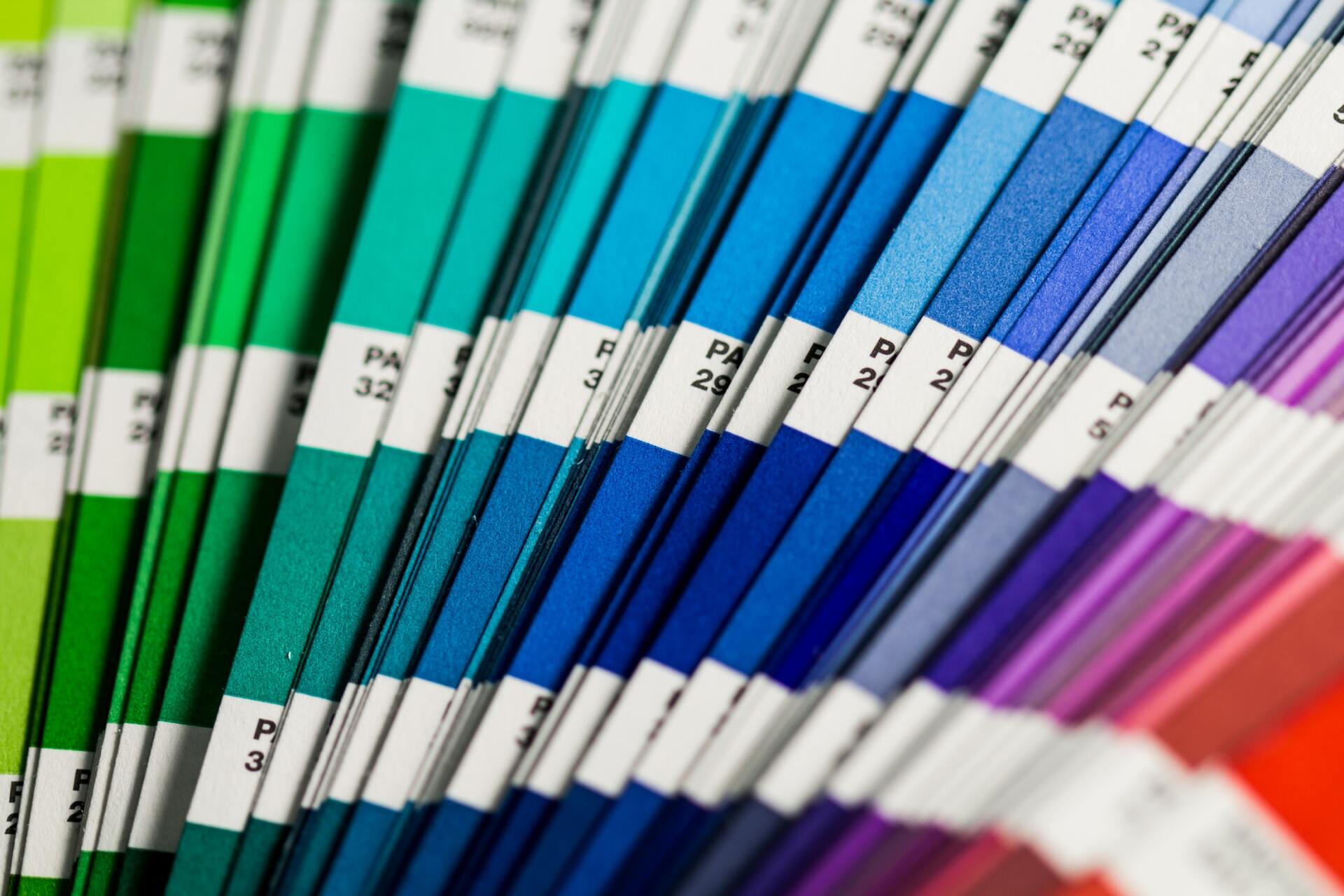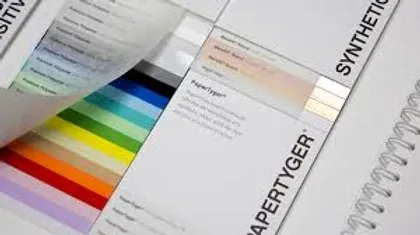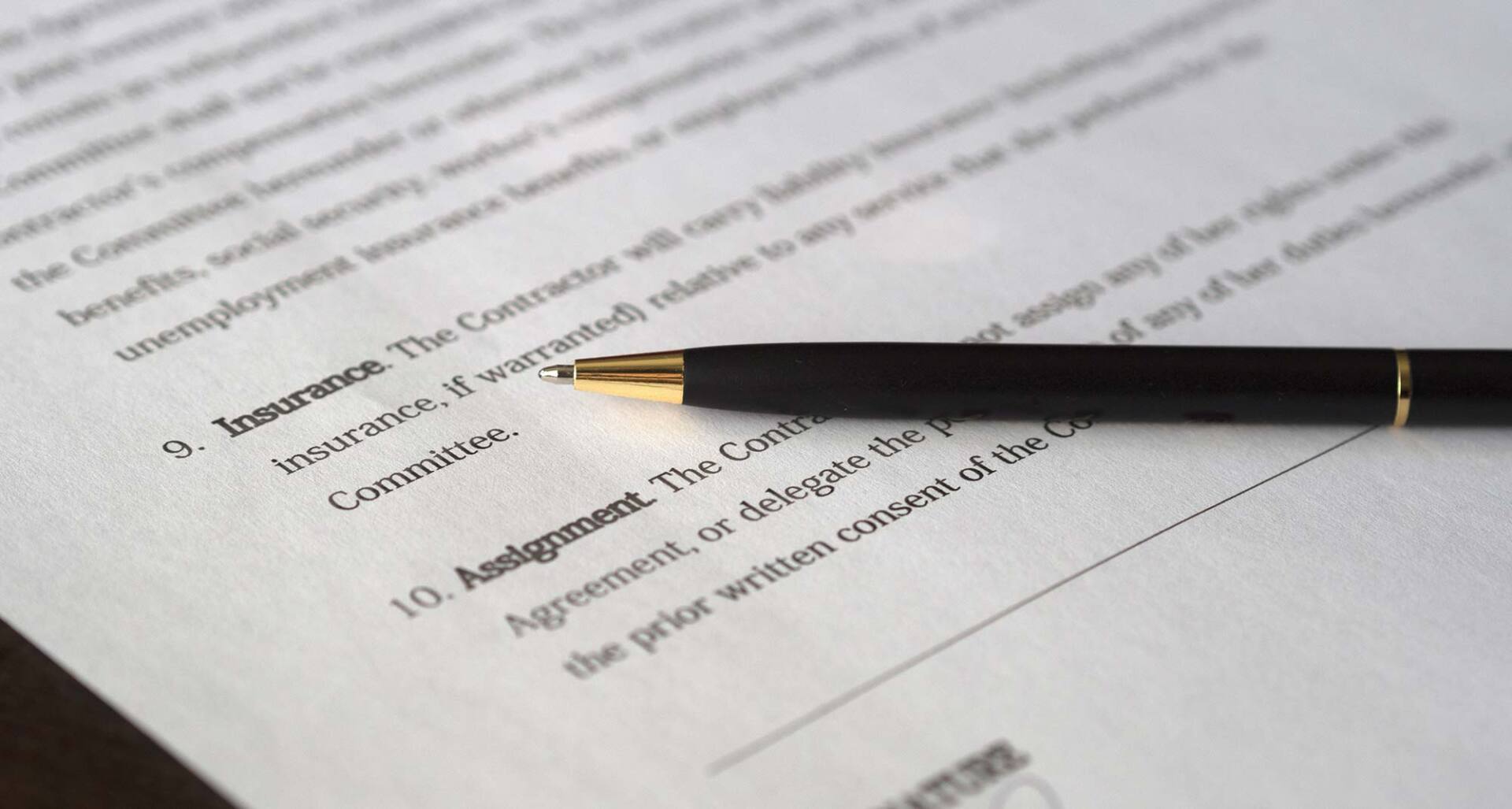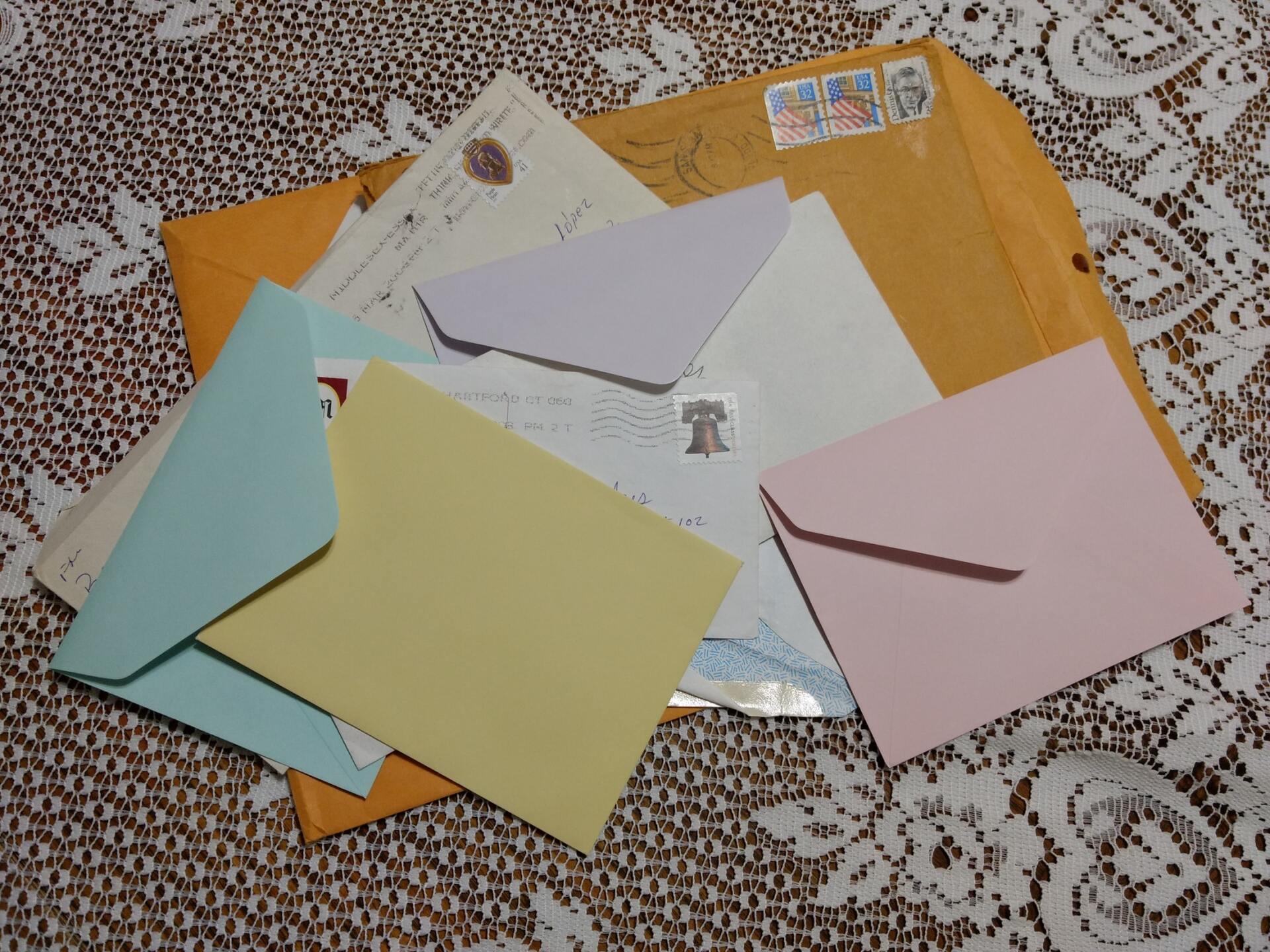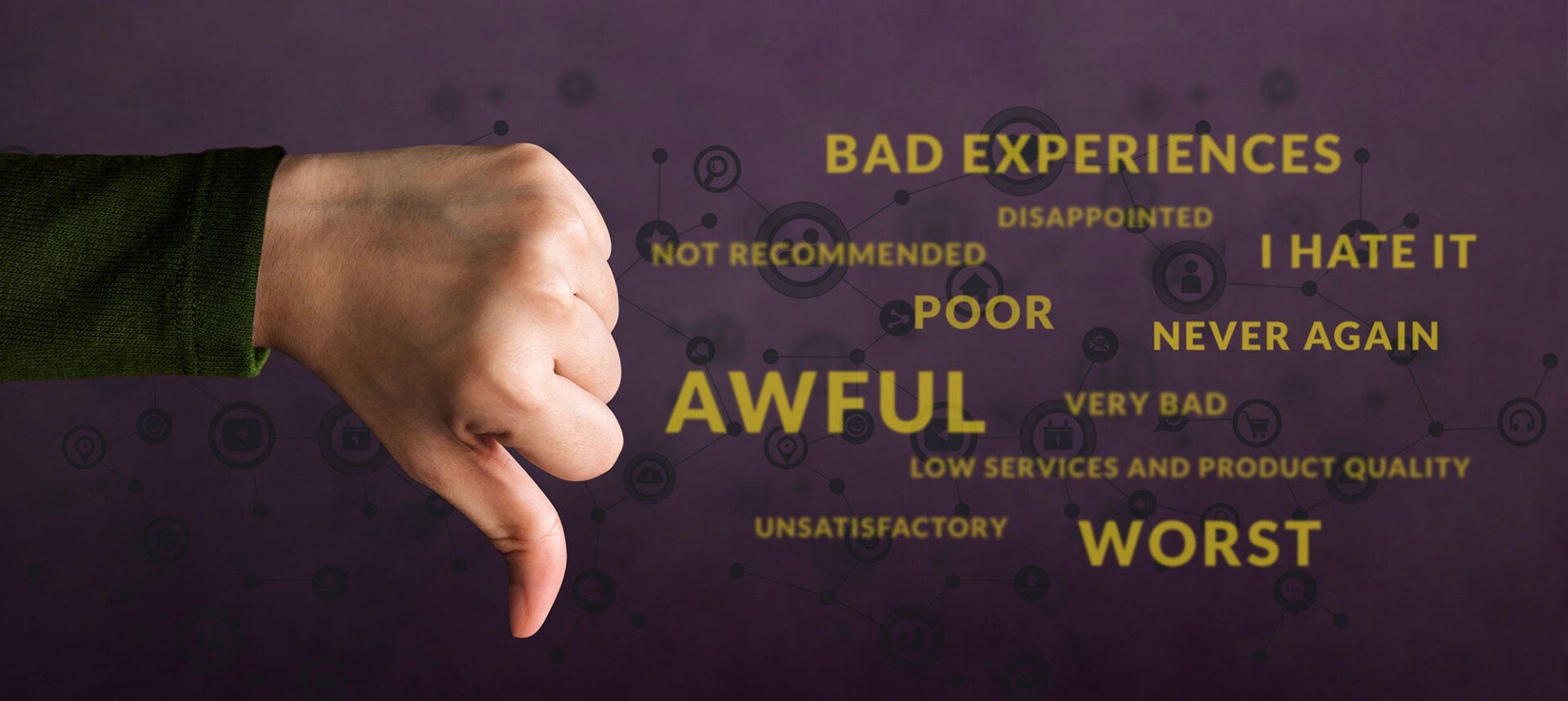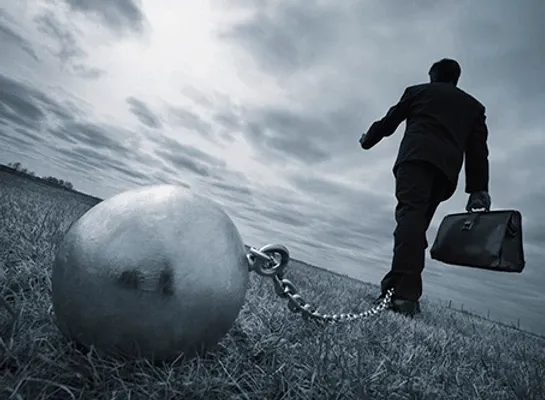Can you save money on office printing?
If you’re like most people you want to save money wherever you can, so I have a few startling statistics to help raise your awareness and possibly motivate you to change some expensive habits.
According to a study released by Lexmark International, $440.4 million of the annual $1.3 billion spent on US government printing is waste. “So what!”, I hear you saying. “Government waste is not news!”
But Lexmark didn’t stop with the US Printing Office. They continued their research in European office buildings, on a Portuguese campus, and at other research sites and they learned that across the board approximately 30% of all desktop or copier sheets are placed directly in the waste basket or recycling bin after being removed from the printer.
Roughly, one in every three sheets of paper printed is waste! It wouldn’t be a big deal if we were only talking about a few extra sheets of paper, but we’re not. This trend is what caused the US Government to waste 440.4 million dollars in 1 year and it is the same thing that caused London office workers to waste 21 million trees.
21 million trees!! That is a whole forest and certainly a figure as shocking as the government waste. Perhaps because I live in the Northwestern part of the US, where trees are ubiquitous, it’s easier for me to get my head around 21 million trees than around 440 million dollars of wasted money. I’ve flown over the national forests in Oregon and I’ve seen 21 million trees, but I don’t really have a perception of $440,000,000 but either way, both figures are startling.
What causes all this waste, and how does it affect you? The studies show that the waste was basically caused by carelessness and old habits, such as:
- People pressed the print button before they really thought about their needs.
- They didn’t use the printer friendly version of a document.
- They printed the whole documents when they only needed 1 page.
- They thought they were printing one thing but actually printed something else.
- They send the job to a copier but never picked up the copies.
- A coworker misplaced or discarded someone else’s copies.
- A coworker got sidetracked before delivering the copies, resulting in reprints.
- And the list of carelessness and sloppy office practices goes on and on.
Does this happen in your office? Do you print things you don’t really need? Are you aware of the overall impact of this behavior? In the Portugal Campus study a few simple procedural changes saved the University enough money in one year to completely replace all of the campus copy machines. In their case, all print jobs sent to a copier were queued for print. The sender had to actually go to the copier and use a code to have the copies printed. Print jobs left in the queue for more than 24 hours were automatically purged.
Perhaps your office is not ready for a system wide change, but you can at least observe your own behavior. Observe how many times you take something off of a printer or copier and put it directly into the recycling bin. I was amazed by my own behavior and I think you will be surprise, as well. Ask yourself this, why is there a recycling bin right beside every copier?
How much money can you save? Divide the entire office supply budget for toner and paper by 3, and that is how much your business could be saving with very little effort. It adds up. Remember the waste in London alone was 21 million trees.
How many billions of trees could we save if everyone in London, Paris, Brussels, Berlin, Helsinki, Hong Kong, New York, Ft. Lauderdale, Tulsa, Portland, Seattle, Los Angeles and your city, all stopped wasting 1 out of every 3 sheets of office printing.
It’s a little thing you can do to reduce greenhouse gas and it doesn’t require giving up anything meaningful. Next time before you push the print button, ask yourself, “Am I really sure I need to print this document?”.
